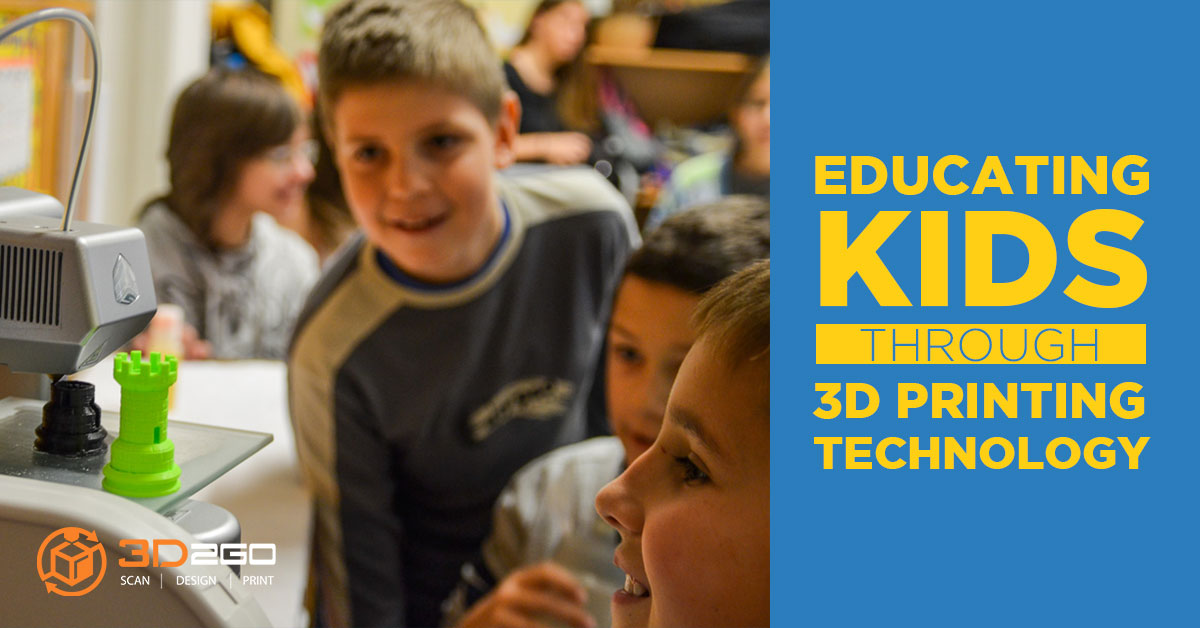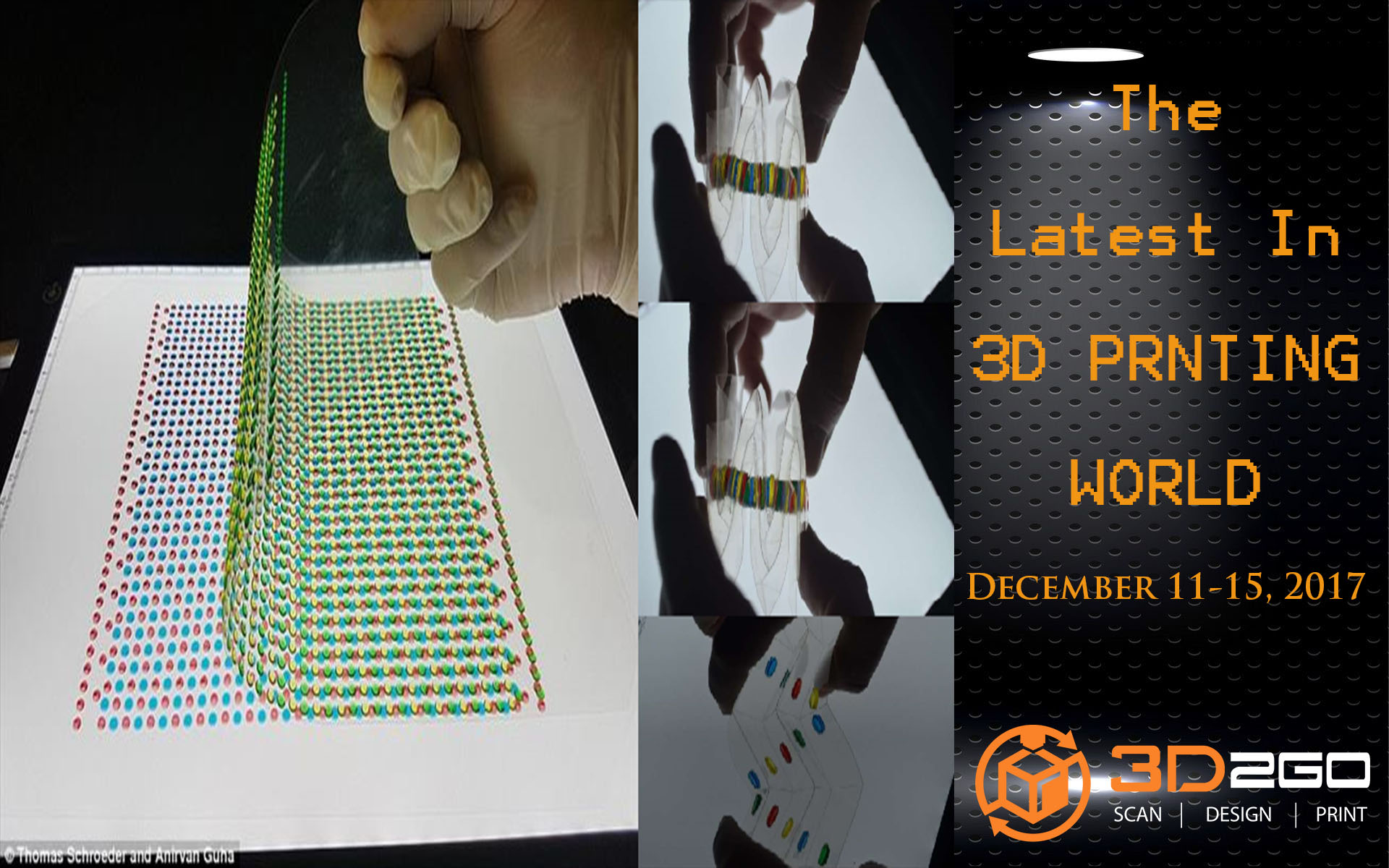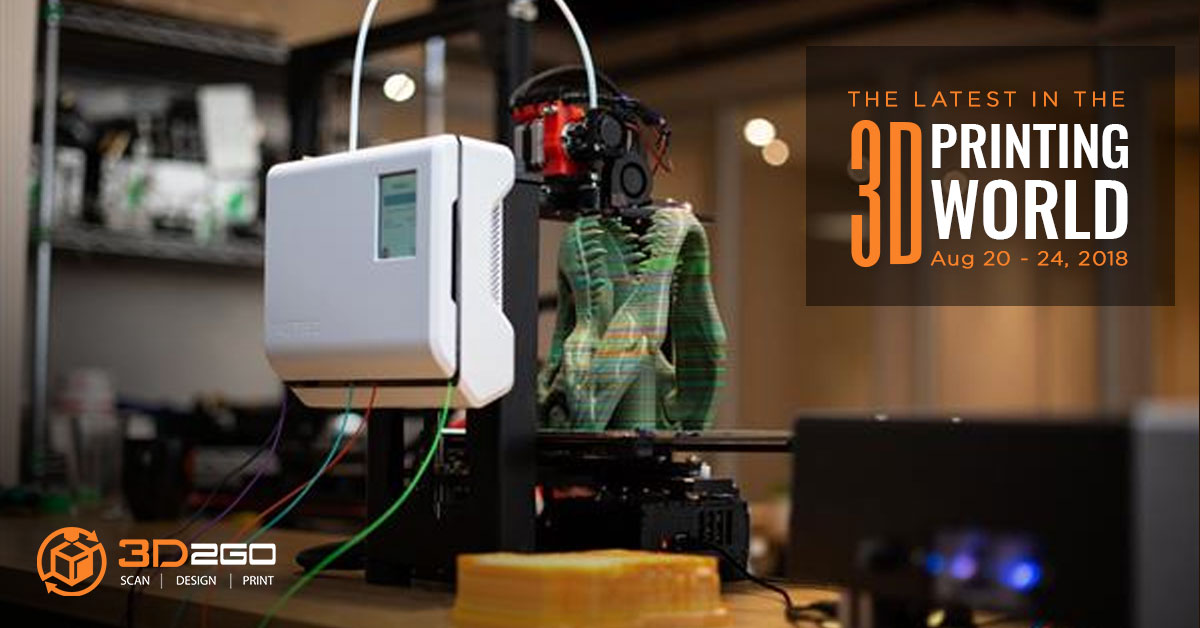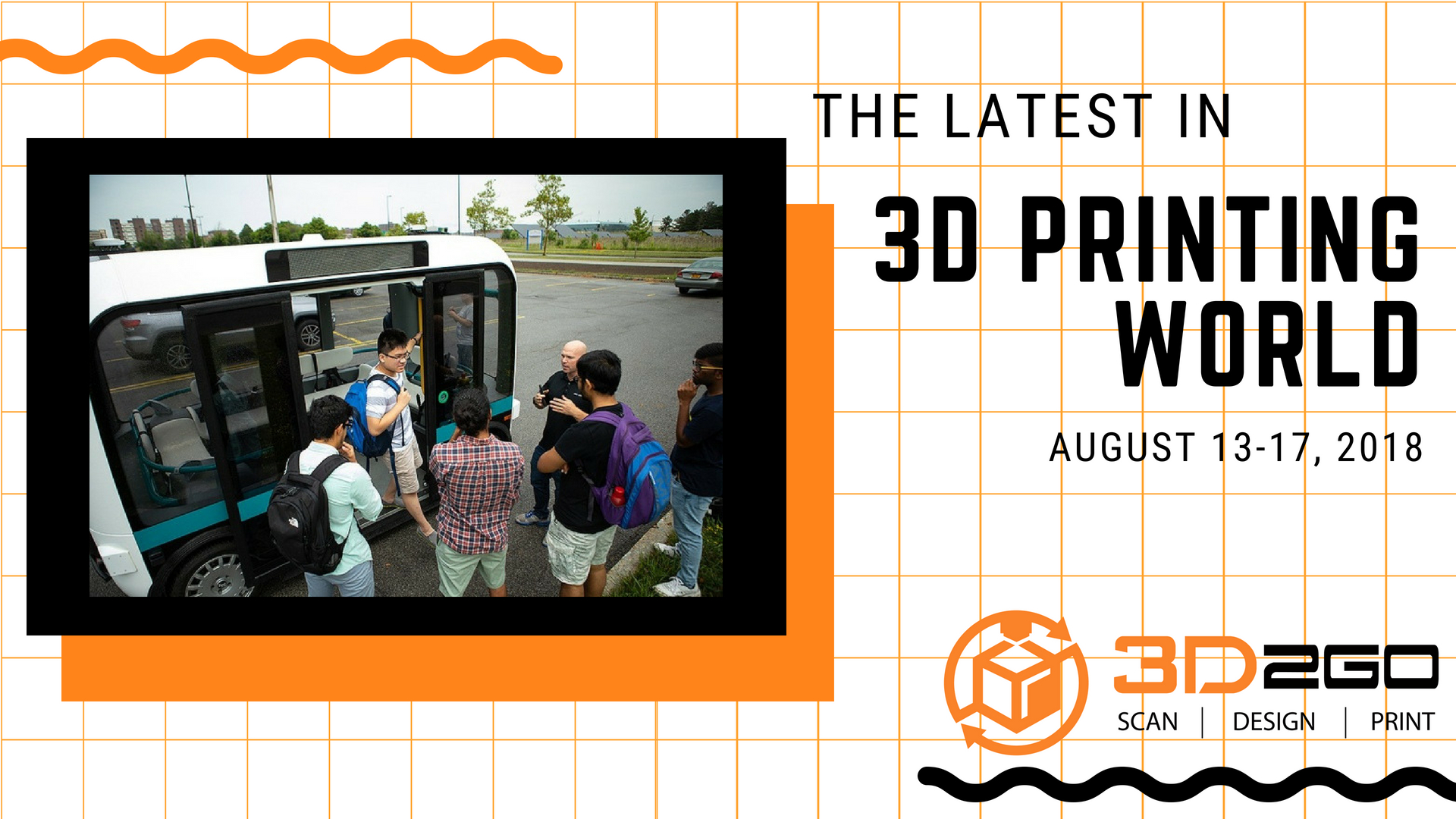
3D Printing in Schools And University
May 15, 2022
Air Force Seeks 3D Scanner For Reverse Engineering 3D Model
May 15, 20223D-Printed Eel Organs Will Power Up Microchips In The Near Future
Since common electric eels are known to have a power that can get as high as 600V to 100W, it is now being studied by researchers.
The researchers from University of Fribourg’s Adolphe Merkle Institute, the University of California San Diego are studying the source of electric power of the electric eels or its bio-dynamic source. They are planning to use it in the future to power up robots, cyborg and other applications. They used reverse engineering to copy the electric eel. They used a 3d printer in the lab and a material called hydrogel.
China Plans To Achieve Annual 3D Printing Sales revenue Up To $3 Billion By 2020
Looks like China is going in the arena for 3D printing technology.
The People Republic of China is taking a big step forward as the government plan to develop their additive manufacturing more. The Chinese Ministry of Industry and Information Technology’s (MIIT) also discussed that they want to boost their annual revenue to 20 billion Yuan or roughly $3 billion. China’s plan in the next coming years will fill the gaps that the plan from 2015-2016 made.
Cheap Smart Glass That Uses 3D Printing
University of Delaware researchers have come up with a better solution for glasses, a smart window panel that can easily transform a glass into transparent and window-like.
They are using a special liquid to do the transformation easily. It will be cheaper than an electric smart window, which costs more than $100 per square foot. The 3D technology will be the one that will make it more affordable.
Keith Goossen said that they are expecting the smart glass that uses 3D printing to at least cost on a tenth of the electric smart glass’ price.
Researcher 3D Prints Biohybrid Robots Or Organismal Engineering That Could Swim
Researchers from the Case Western Reserve University is starting to develop the new thing that is called “organismal engineering”. They are robots that are combined with real alive tissues.
Vickie Webster-Wood and her team recently published a paper that proposes a lexicon and taxonomy of the said field. “organismal engineering” is fairly new and the researcher is aware of that. She wants to have universal terminologies so that research will be easier.
Drug-Coated 3D Printed Airways Stents
Researchers and doctors of University Hospital Zurich, ETH Zurich, and the University of Zurich have developed a new 3D printed, drug-coated airway stents.
They are going to make the airway stents so that the narrowing of the respiratory tract, which usually causes injury, will be solved. The said plan has already garnered more than $2.37 million in funding.
The Swiss National Science Foundation was the one who granted them the fund. They want to make 3D printed stents from “pharmaceutical inks.”
For more news about 3D printing technology and additive manufacturing, see our blog.






